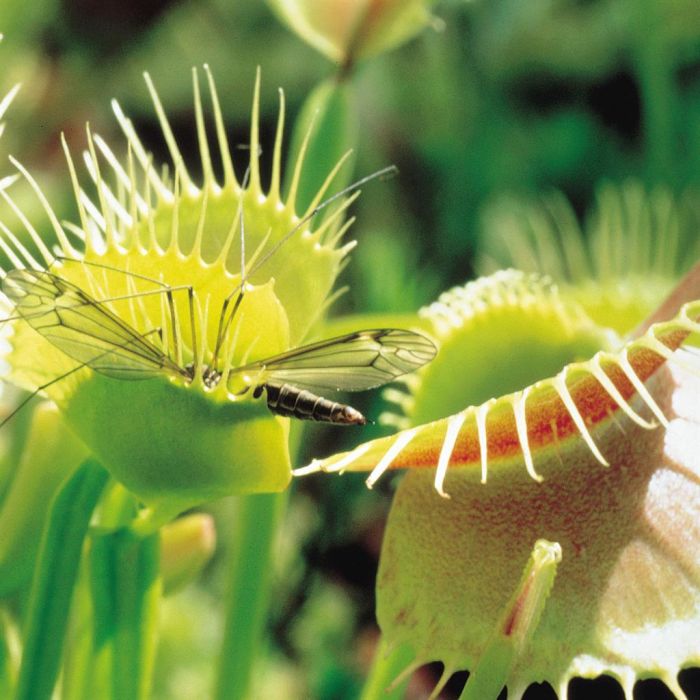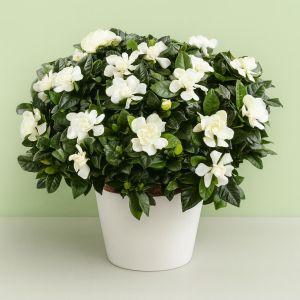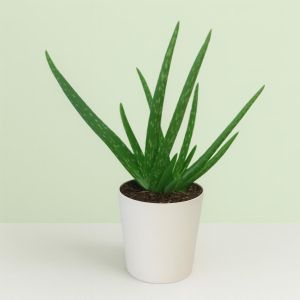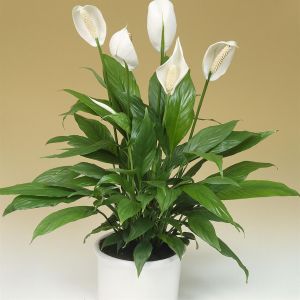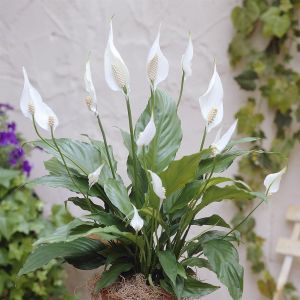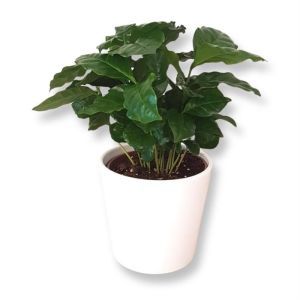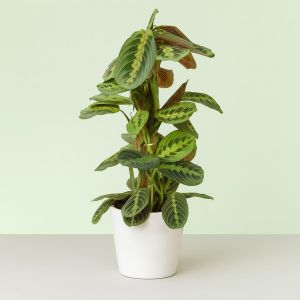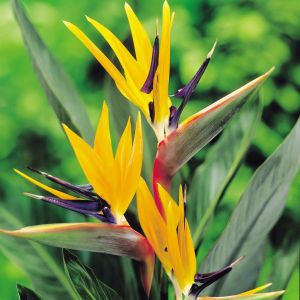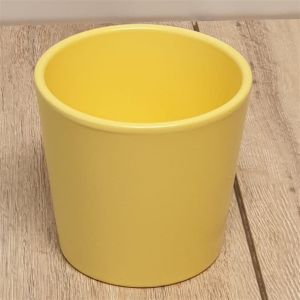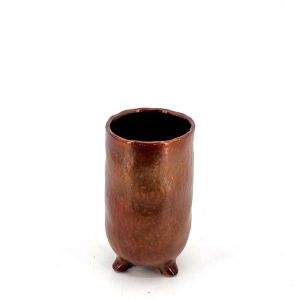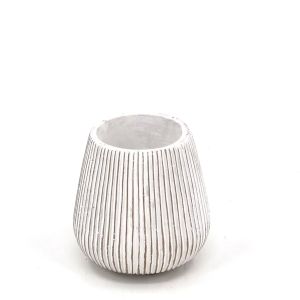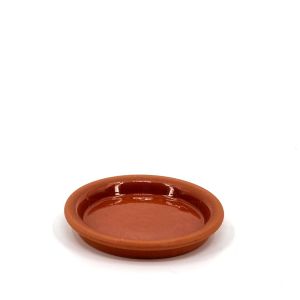Venus Flytrap.
- 1 x Carnivorous Venus Fly Trap 9cm Pot
| Botanical name | Dionaea muscipula |
|---|---|
| Free Shipping | No |
| Category | Flytrap |
| Delivered as | Pot plant |
| aa_height | Various |
| Qty | 1x |
| Flowers | No |
| Fragranr | No |
| Cutflowers | No |
| Fruits | No |
| Edible | No |
| Location | Sun and shade |
| Hardy | No |
| Groundcovering | No |
| Naturalizing | No |
| Preferred Soil | Any soil |
| Full grown height | 30cm - 40cm |
| Mature width | 10cm - 20cm |
| Poisonous | No |
| Size | Ø 9cm |
How to take care of Venus Flytrap.
The Venus Fly trap likes to be planted in peat rich soil, you can use Azalea or Heather potting compost. Keep the plant soil moist and place it is a sunny humid location. Rainwater is excellent for this plant, as they are sensitive to chemicals and minerals in water (never use tap water). There is never a need to fertilise Venus plants. It is too much for the plant to digest and this can be especially stressful on them. They require a winter dormancy period each year in late autumn for 3-5 months, this is natural, and the plant stores energy deep inside for the following spring. During which, you can place in the garage as they don't need light and it will protect from frost. In spring, they will be ready to grow again.Although it is very tempting please avoid feeding the plant with flies or triggering the leaves to close by touching it. will exhaust the plant, let it catch the odd insect itself and it will thrive.When a leaf catches a fly it will be closed for several days, unable to catch any more. Once opened it can repeat this step around 3-4 times before that leaf dies off, and is replaced by another, a process, which can take days to weeks.


